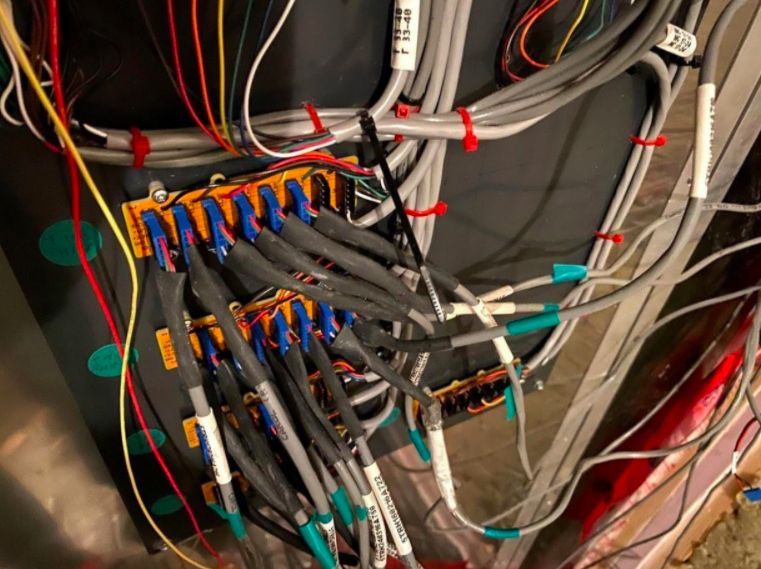JAMES FUNK HENDERSON, MASc
An Investigation Into The Resilience And Durability Of High R-value Exterior Insulated Wood Framed Walls In Cold Climates Assessed Using In-situ Measurement And Calibrated Hygrothermal Modeling
Read the full Master Research Paper HERE.
Super-insulated building envelopes are more energy efficient than Canadian building codes require but a particular design may not be resilient when subjected to different Canadian climates. This research evaluated the hygrothermal performance of a nominal 2x6 framed assembly with 75-225 mm of exterior mineral fiber sheathing insulation in climates across Canada. Variations of the design with and without variable permeability membranes were constructed and monitored. Results from climate chamber and in-situ monitoring were used to calibrate hygrothermal simulations. The research demonstrates that variable permeability membranes do not necessarily keep a wall drier than a traditional 6 mil poly vapour barrier and that the amount of exterior insulation can play a more important role in moisture management and resilience. Results from the climate chamber, in-situ monitoring and hygrothermal simulations demonstrated that the walls performed satisfactorily and all were able to dry under typical operating conditions.
An Investigation Into The Resilience And Durability Of High R-value Exterior Insulated Wood Framed Walls In Cold Climates Assessed Using In-situ Measurement And Calibrated Hygrothermal Modeling
Read the full Master Research Paper HERE.
Super-insulated building envelopes are more energy efficient than Canadian building codes require but a particular design may not be resilient when subjected to different Canadian climates. This research evaluated the hygrothermal performance of a nominal 2x6 framed assembly with 75-225 mm of exterior mineral fiber sheathing insulation in climates across Canada. Variations of the design with and without variable permeability membranes were constructed and monitored. Results from climate chamber and in-situ monitoring were used to calibrate hygrothermal simulations. The research demonstrates that variable permeability membranes do not necessarily keep a wall drier than a traditional 6 mil poly vapour barrier and that the amount of exterior insulation can play a more important role in moisture management and resilience. Results from the climate chamber, in-situ monitoring and hygrothermal simulations demonstrated that the walls performed satisfactorily and all were able to dry under typical operating conditions.
